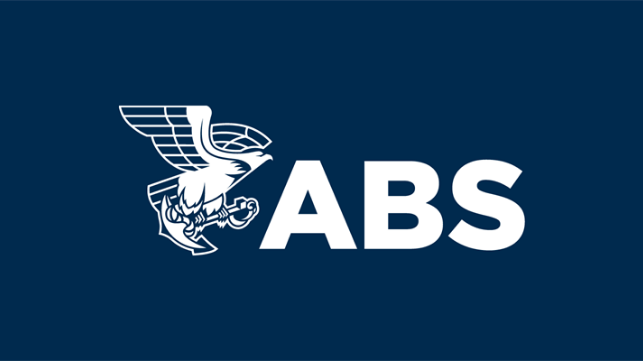The Latest Insights into EEDI and MPP Verification Practices

In 2011, the International Maritime Organization (IMO) established the Energy Efficiency Design Index (EEDI), as a goal-based technical standard to reduce the greenhouse gas (GHG) emissions generated by the shipping industry. The phased approach began in January of 2013 with each phase requiring vessels to become progressively more efficient with the ultimate goal of achieving a 30% reduction between 2025 and 2030.
Following the establishment of EEDI, many vessels may operate on lower propulsion power to achieve their targeted EEDI, requiring the IMO to release requirements addressing the Minimum Propulsion Power (MPP) for safe maneuvering of ships in adverse conditions.

that matters most
Get the latest maritime news delivered to your inbox daily.
As the EEDI requirements have become more stringent through the implementation phases, it has become a design challenge for large tankers and bulk carriers to meet the EEDI and MPP requirements simultaneously.
In the most recent ABS publication Insights into EEDI and MPP Verification Practices for Large Tankers and Bulk Carriers we provide the latest updates on the regulations and supporting guidelines for minimum propulsion power and added wave resistance, as well as introducing industry best practices and recent ABS efforts to address these challenges.
The products and services herein described in this press release are not endorsed by The Maritime Executive.
